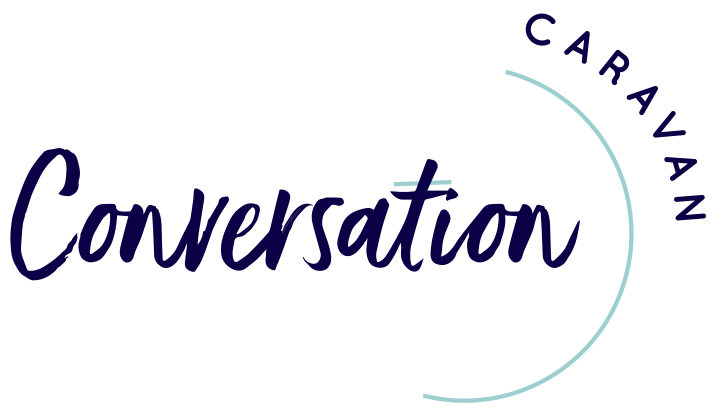Conversation Caravan was engaged by the City of Casey Council to support the design and delivery of an engagement program to inform the development of its 2019-20 Action Plan.
A place-based approach was used to consult with people out in the community as they were going about their daily activities or meeting within their existing groups. This approach was supported by an online survey and Conversation Boxes that were located in key community facilities and business to invite direct project submissions.
The engagement centred around two key questions:
- What matters most to you now? Your family? Neighbour?
- What is your big idea to make Casey an even better place to live, work or play?
Conversation Caravan engaged 1,287 people who either live, work or play in Casey throughout the consultation period of 22 February to 24 March 2019.
The data identified seven key themes:
- Getting around – Transportation is a far more emotive consideration than the physical infrastructure needed. Residents want to be able to spend less time in traffic and more time with their families or loved ones.
- Working locally – Working locally is about spending less time commuting and more time for leisure, health and family. Working and living locally was also considered by some to be a determinant of an ‘affluent’ area and some participants were concerned that the area has a skilled workforce that do not have access to equal opportunities such as those living in the city.
- Places to Play – Places to play includes everything from keeping physically active, enjoying time with family and socialising in your local areas.
- Creating neighbourhoods – Creating neighbourhoods is about creating connection through the physical environment (paths, activities) as well as connection to each other.
- Caring for the environment – Residents enjoy living in an area where the air, water and land are free from contaminants and pollutants. Casey’s parks and open spaces are the most valued environmental asset, with their protection and maintenance a priority.
- Community health and participation – Encouraging and supporting people to lead healthier lives is a priority for the entire Casey community.
- Infrastructure for change – The community wants to see improvement happening where they live, work and play. They want to know that infrastructure is coming to alleviate their concerns and the immediate pressures of the area.
A range of businesses were supported throughout the project through the purchase of incentives. Coffee vouchers were purchased from five local food outlets, plants were purchased using vouchers from the Cranbourne Botanical Gardens and another business produced Conversation Caravan calico shopping bags to give away.







